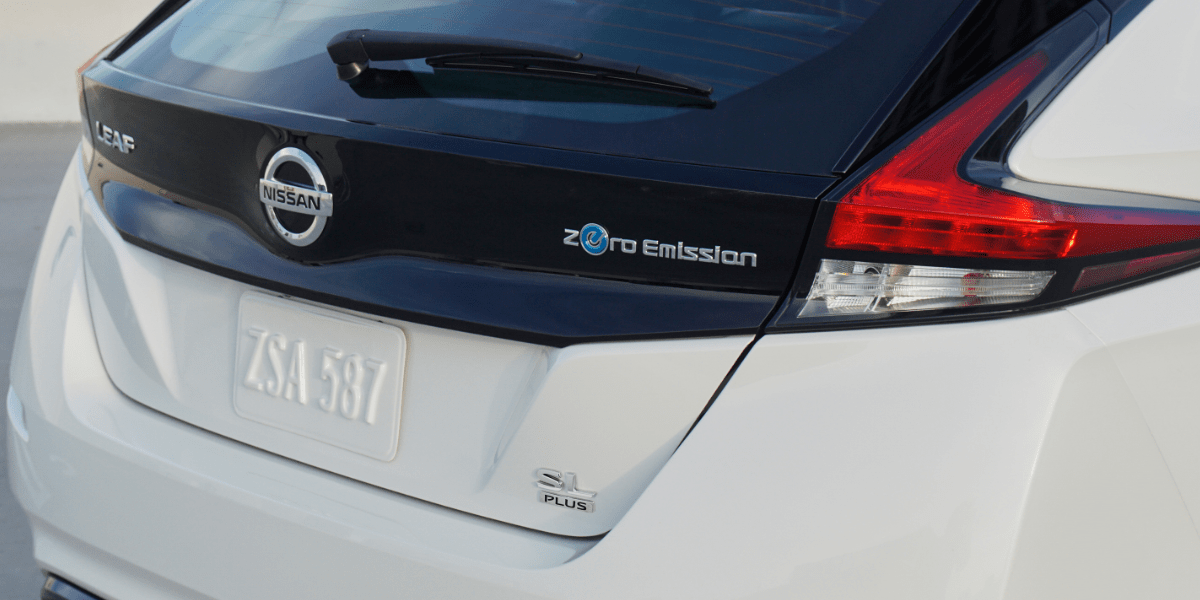Nissan launches first V2G charging system in Chile
Nissan has launched Latin America’s first bi-directional charging system in Chile in cooperation with Enel X and the Energy Sustainability Agency. In addition to the Nissan Leaf, a 3 kW solar panel will also be used for the Vehicle-to-Grid project.
Installed at the Energy Sustainability Agency’s offices in Santiago de Chile, the Vehicle-to-Grid system makes use of a 3-kilowatt solar panel to feed the grid in addition to the Leaf.
Implemented under the framework of the Public-Private Agreement to Promote Electromobility, signed last year in Chile, Nissan considers the project a milestone in the country’s development of electric mobility.
“For the first time in Latin America, the Energy Sustainability Agency’s innovative project enables measurement of the bidirectional flow between the electric vehicle’s battery and the system’s storage unit,” said Francisco Medina, electric vehicle manager at Nissan Chile.
Over in Europe, Nissan has been running V2G trials for some time now. The latest to yield results in terms of monetisation models was the installation in the German town of Hagen. “Using the vehicle, we offered eight kilowatts of power over the course of a week and earned 20 euros in the process,” explained Marcus Fendt, Managing Director of The Mobility House, a partner in said project. The pilot phase has now been completed and Nissan Leaf is in regular operation as a battery storage device as reported. A brief look back: In October, The Mobility House, Enervie, Amprion and Nissan announced a breakthrough in V2G technology. In Hagen, they presented the Nissan Leaf, which for the first time is qualified for all the regulatory requirements of a transmission grid operator (TSO).
Also in the UK, Nissan has been taking steps to become a part-time energy provider. Almost 10 million pounds in funding have been earmarked by the British government for the country’s largest vehicle-to-grid project to date. Nissan will set up 1,000 V2G charging points across the UK over the next three years (we reported).





0 Comments